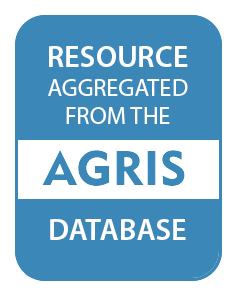Resource information
This study aims to assess CO₂ levels in China, based on the dry air column-averaged mixing ratios of CO₂ measured by the Scanning Imaging Absorption spectrometer for Atmospheric CartograpHY (SCIAMACHY) instrument on board ENVISAT and emission inventories. A land cover and statistical data set, the Regional emission inventory in Asia (REAS), was also used in this study. The results show that the spatial variations of the CO₂ concentration in the whole of China are obvious, and with clear seasonal fluctuation during 2003–2005. The monthly averaged variability of CO₂ over China fluctuates, with the peak occurring in April to May and the trough occurring in August to October. The largest peak-to-trough amplitude was about 16 ppm in this period. The spatial and temporal variations of CO₂ had a strong correlation with anthropogenic CO₂ emissions and regional terrestrial ecosystem, as well as local meteorological conditions. This paper illustrates that satellite data are promising for obtaining a comprehensive understanding of the variations of atmospheric CO₂ concentrations and of CO₂ emissions to the atmosphere.



